Online photo cloud
Walking through time

“Online photo storage”
Which company comes to your mind first? Probably there are much more companies in the market than you can imagine.
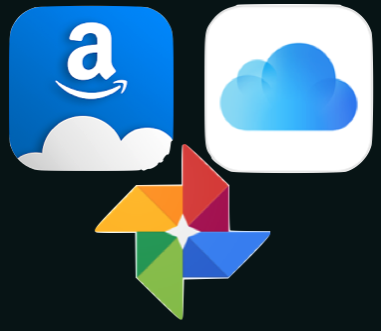
Under the motto of “Own don't rent. Guaranteed for generations.”, FOREVER targets individuals who would like to inherit and pass down their photos with past and future generations. However, since its initial launch, its sales and market share have been outpaced by tech giants. Why are people using online photo storage? What are their values? How could FOREVER uniquely position itself in the market?

I started my journey of finding answers to these questions by observing 6 people who have been using online photo storage. Because the photo cloud is the most private place where I could not enter without permission from the users, I asked them to navigate through the photo apps they were using. 4 observations were conducted through zoom online meetings and 2 observations were in-person. I asked follow-up questions after the observation.
1. Photo taking
- When do you take photos?
- Can you walk me through the process of taking the photo to check your photos?
- How do you want to compare digital photos with film photos?
2. Storing photos
- Since when have you started storing the photos?
- What did you do before the cloud service existed?
- Since when have you used the cloud service?
- Why did you choose to use the service of this particular brand?
3. Use of the photo cloud service
- Why do you use the service?
- What do you do with the stored photos?
- What do you value the most in using the service?
- Why is the service meaningful to you?
- Does the service bring you enjoyable moments?
- What kind of difficulties or frustrations do you face when using the service?
Participants were willing to show their cloud photo storages and walked me through how they were using the service. I asked them to provide me with captures of the important screens that I thought showed their representative behavior.

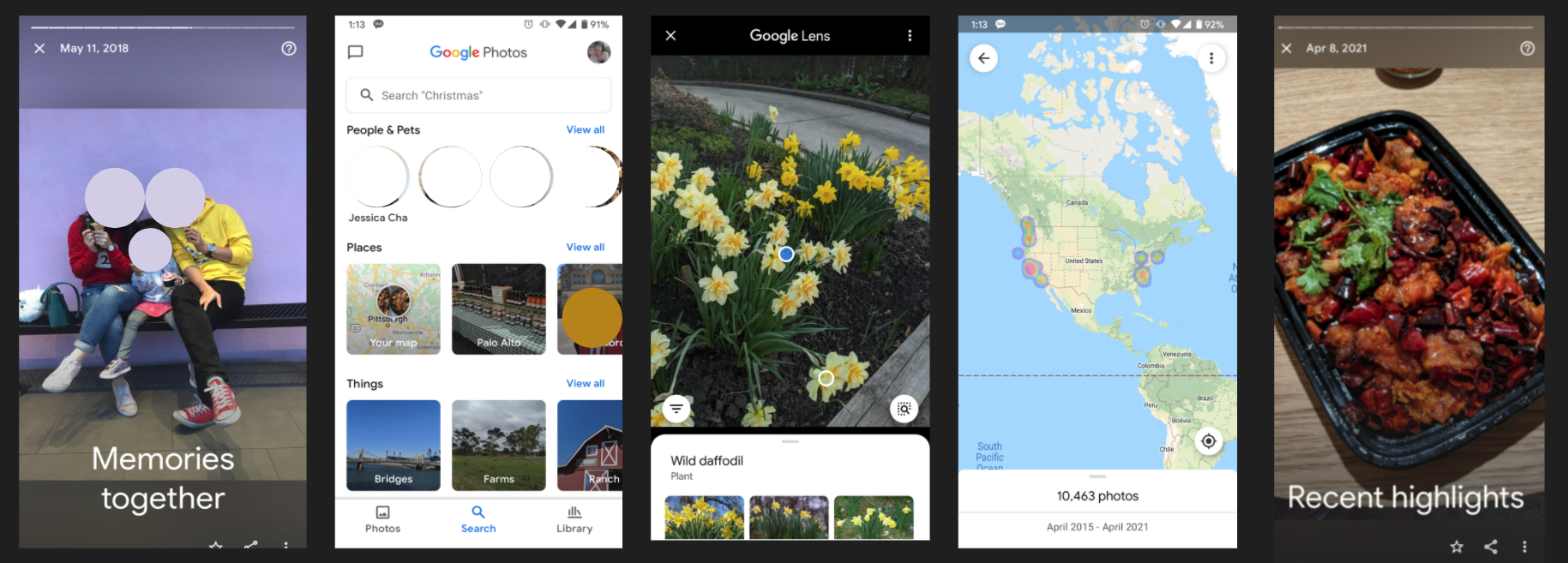
Some captures of the users' photo cloud
Some captures of the users' photo cloud
While decoding the interview notes, I was able to identify two major different user types.
The first type is the users who appreciate the convenience or functional features provided in a digital photo cloud.
ORGANIZER
- They prioritize a fast sync speed, multi-device support, easier organization, and auto metadata tagging in their photo cloud. They do not tend to actively check their photos from the cloud unless they need to.
- They feel a sense of freedom by using the service because they do not need to manually transfer and sync the photos to the cloud. Before the cloud service, they had to invest lots of time doing these.
- They feel satisfaction when they see well-organized data in the storage and also feel relieved when they know all photos are safely saved in the storage.
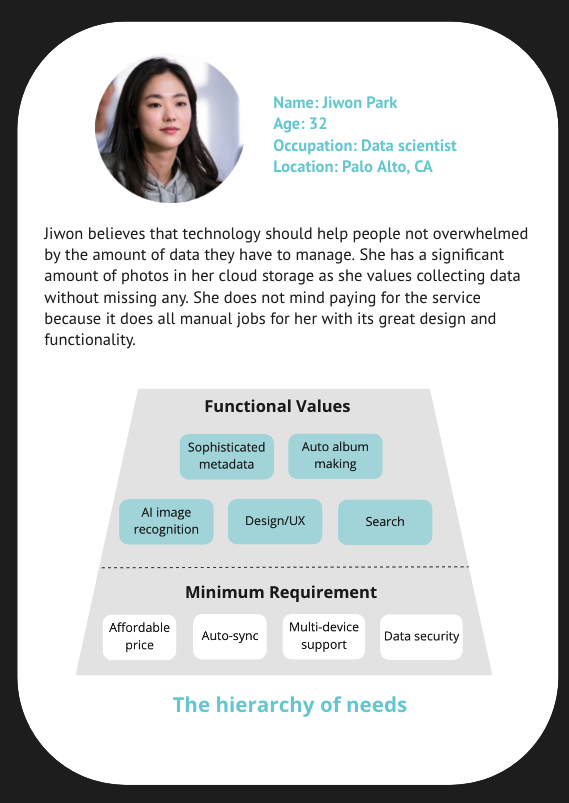
The second type is the users who like to find sentimental value from the service. They are actively exploring the photos they took in the past.
SENTIMENTALS
- They use face search to see only their loved ones’ photos or find places on the map to see the photos taken in specific places. This releases users’ nostalgic feelings about past memories.
- They also benefit from auto-generated collections or albums. For example, when they see a collection of things such as skyscrapers or forests, they get to realize how they liked to take photos of them. This brings them joy and surprise of finding out their unknown preferences.
- If the service makes albums under some themes such as “They grow fast” or “2 years ago today”, they start appreciating their trajectory of lives. They think photo services are collecting their scattered photos and making something valuable for them, making them feel they become a professional artist.
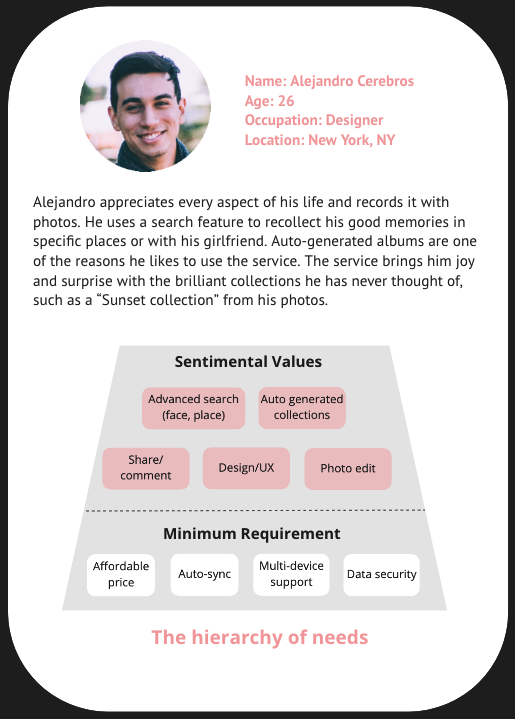
Now, let’s look at FOREVER to see if it serves any of the two core user groups.
Organizers group mostly consists of tech-savvy people. They are not satisfied with old technology which just saves and syncs a large number of photos in one place. They want the service to do manual work for them. However, sorting out, grouping, and making album processes are neither intuitive nor fast in FOREVER. The only metadata available is a date, file size and type which do not add much help in organizing photos automatically.
Sentimentals group wants to have joyful and surprise moments that they could not think of without the photo service. In addition, they want to recollect memories of specific times and places. However, FOREVER does not create any additional memories for them. The only place the users can go and check their past trajectories is albums that they had to create in advance diligently. Can they search for their photos taken during Christmas? Unfortunately, no.

FOREVER - library UI
FOREVER - library UI

FOREVER - manually created album
FOREVER - manually created album

FOREVER - manually added tags
FOREVER - manually added tags
What does this mean for FOREVER?
Does it need to discontinue its business?
Or would there be any silver lining?
First, I would like to see if changing its strategy to serve two major groups is viable. To satisfy Organizers, the company should have highly sophisticated technology and infrastructure. For Sentimentals, machine learning should be conducted on user data, which is opposed to FOREVER’s belief “We believe that individuals and families have the right to digital privacy”. All in all, doing so would be technically not feasible and against the company’s belief.
Then what could be FOREVER’s unique offering that could be different from big tech giants’ ways of doing this business? From the Sentimentals group, I was able to identify their additional needs to share their photos with parents and children. The need was not big enough to be classified as the third user group, but was sufficient to form a niche market.
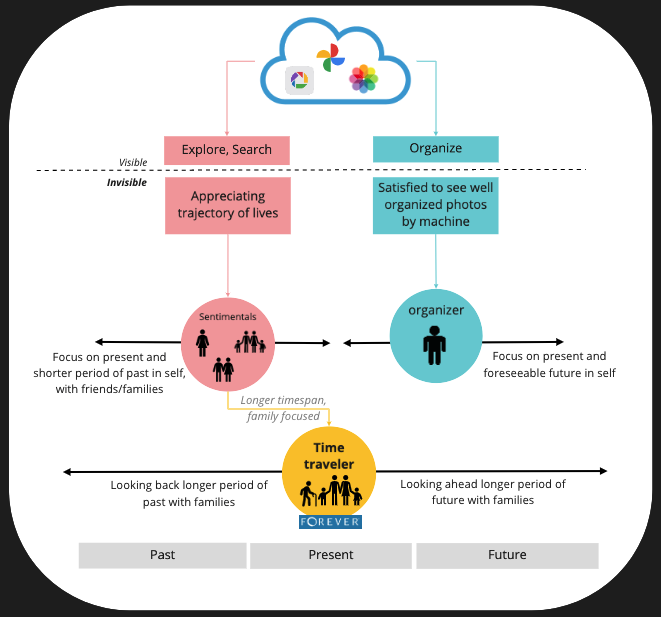
Culture Model
Culture Model
FOREVER focuses on multiple generations, not just one individual’s life in saving photos. This is why it provides digitization services of old media to get past memories from parents’ generations back to their current lives. It also looks to the future of individuals’ photos to pass them down to the children’s generations. This value proposition could be a solid ground in meeting these users’ needs.
Okay, then what made FOREVER struggle in the market? Rather than a value proposition, their business model and features are not quite relevant in materializing it.
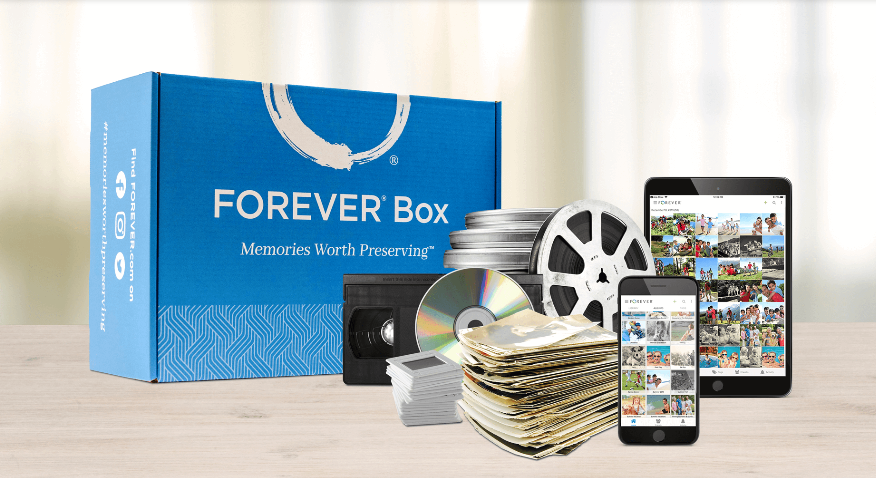
FOREVER offers digitization service of old media
FOREVER offers digitization service of old media
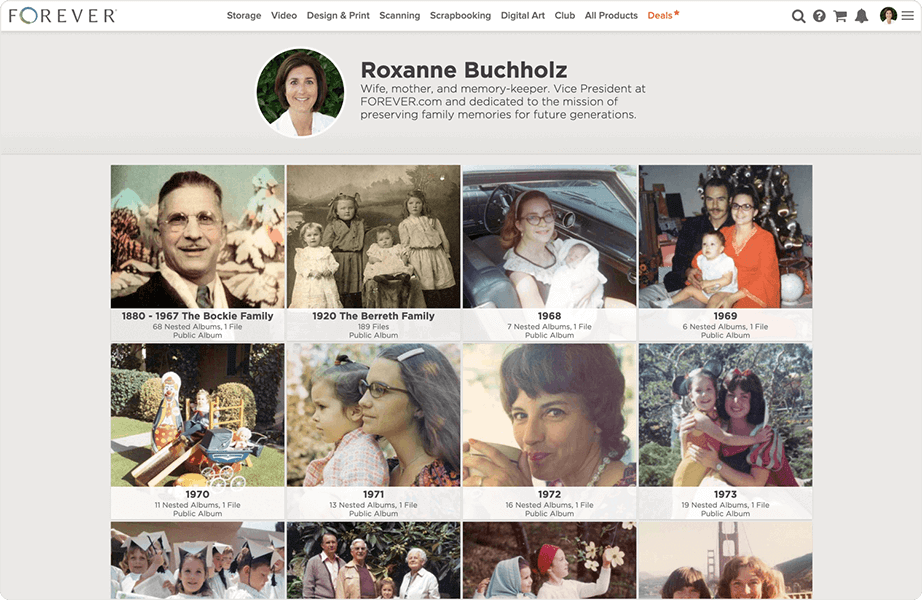
One user created albums with digitized photos
One user created albums with digitized photos
First, the process of converting and saving photos is centered too much around one individual’s effort. However, what users actually think importantly is injecting meanings into their photos and collaborating with loved ones in the building of memories.
“I am not sure if my children will appreciate my photos. They were not in part when I was collecting memories.”
“I don’t need to save 500K photos for my children. Would they even check those?”
Also, users do not want to hand over “All” the photos to their children. If they need to, they rather wanted to transfer it to the physical pieces or only a small amount of catered photos. They want to show their affection to each photo, not through a bulk of digital photos.
“My parents kept my childhood film photos in albums. But I feel like I am not creating such beautiful collections for my daughter.”
“I stay off-grid in terms of collecting photos that I want to pass down to my son. Digital photo, it feels a little insincere.”
What about the pricing? Different from other cloud photo services, FOREVER is charging users $5,600 upfront for 1TB amount of photos. In turn, the users do not need to pay more fees on top of this. However, most users I met considered affordable pricing very important. There are many users who have switched from Apple iCloud to Google Photo, as Google provides a free service to the users (with some limitations). Moreover, users need to purchase additional service to upload videos.
“Did you say $5,600?”
“What if the company goes bankrupt?”
All in all, I consider FOREVER could build a niche customer base with a little tweak in its current features and offerings.
- Users do not need 1TB amount of photos in preserving their memories. They would rather make each one of the photos more valuable than save a large amount of photos. FOREVER could create a story-telling platform with highly sophisticated designs. By looking at their photos added to the stories, in a good design, users will feel they have treated their photos more sincerely.
- It could start a collaborative album-making feature among family members. For example, when they had a family trip, they could all contribute to make the albums together. By being together in the memory-making process, all the generations will start to cherish the photos saved.
- FOREVER could consider changing the pricing plan. The cost of operating the business would be reduced if the need of hosting a big cloud is gone. Therefore, it should turn its payment plan into a subscription and lower the price. To emphasize this service is a family effort and get many people on board, it could design the payment feature as a family fund. concept.



